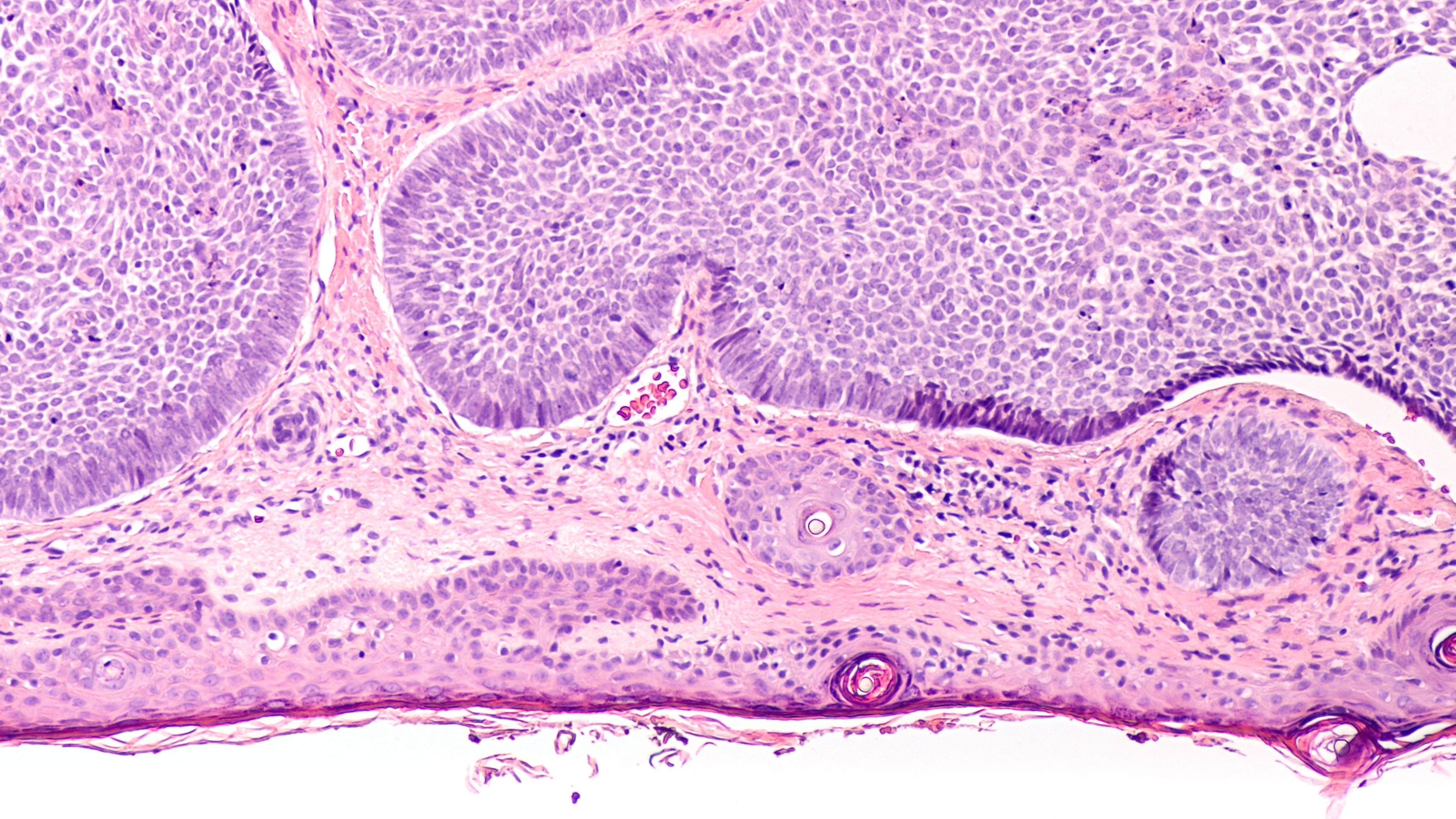Article
An Overview of the Ovarian Cancer Treatment Landscape
At the ESMO Congress 2019, Mansoor Raza Mirza, MD, chief oncologist at Copenhagen University Hospital, talked about how ovarian cancer treatment has evolved over the years.
At the ESMO Congress 2019, Mansoor Raza Mirza, MD, chief oncologist at Copenhagen University Hospital, talked about how ovarian cancer treatment has evolved over the years.
Transcript
So until recently, ovarian cancer has been a very serious disease. In the stage 3 and 4 so-called advanced stage disease where you diagnose most of the patients, these patients relapsed, almost all of them, after primary treatment, and had symptoms again and had relapse, and the treatment-free intervals become shorter and shorter and eventually most of these patients, if not all, died of the disease. We have really changed that lately. First of all, in 2011, we introduced bevacizumab as concurrent and maintenance therapy in ovarian cancer. It shifted the prognosis to the better a bit.And then in 2016, we had a great breakthrough. We had the first phase 3 trial in whole population of ovarian cancer who had relapsed and were platinum sensitive. Upon finishing chemotherapy, they received niraparib or placebo, and it showed unprecedented increase in PFS [progression-free survival] and so much that we still have not reached the OS, overall survival, data. So that has changed the practice completely, that all patients who have platinum-sensitive disease after receiving chemotherapy, on response they can receive nirparaib as maintenance therapy until next progression. This is approved both by FDA, by EMA [European Medicines Agency], and other places.Last year, we and another breakthrough that was in first line, only in the germline mutant population, which is only 20% of ovarian cancer, where we showed that 2 years of olaparib as maintenance therapy after chemotherapy has really increased the chances of not progressing intensively. And actually, what we see now is that half of the patient who received 2 years of maintenance therapy have not progressed almost 4 and a half years after the diagnosis, which we have never seen before. And I start believing that we are probably curing some of these patients. If not, we are turning this disease into a chronic disease. Patients will die, not necessarily of ovarian cancer, but with ovarian cancer.






